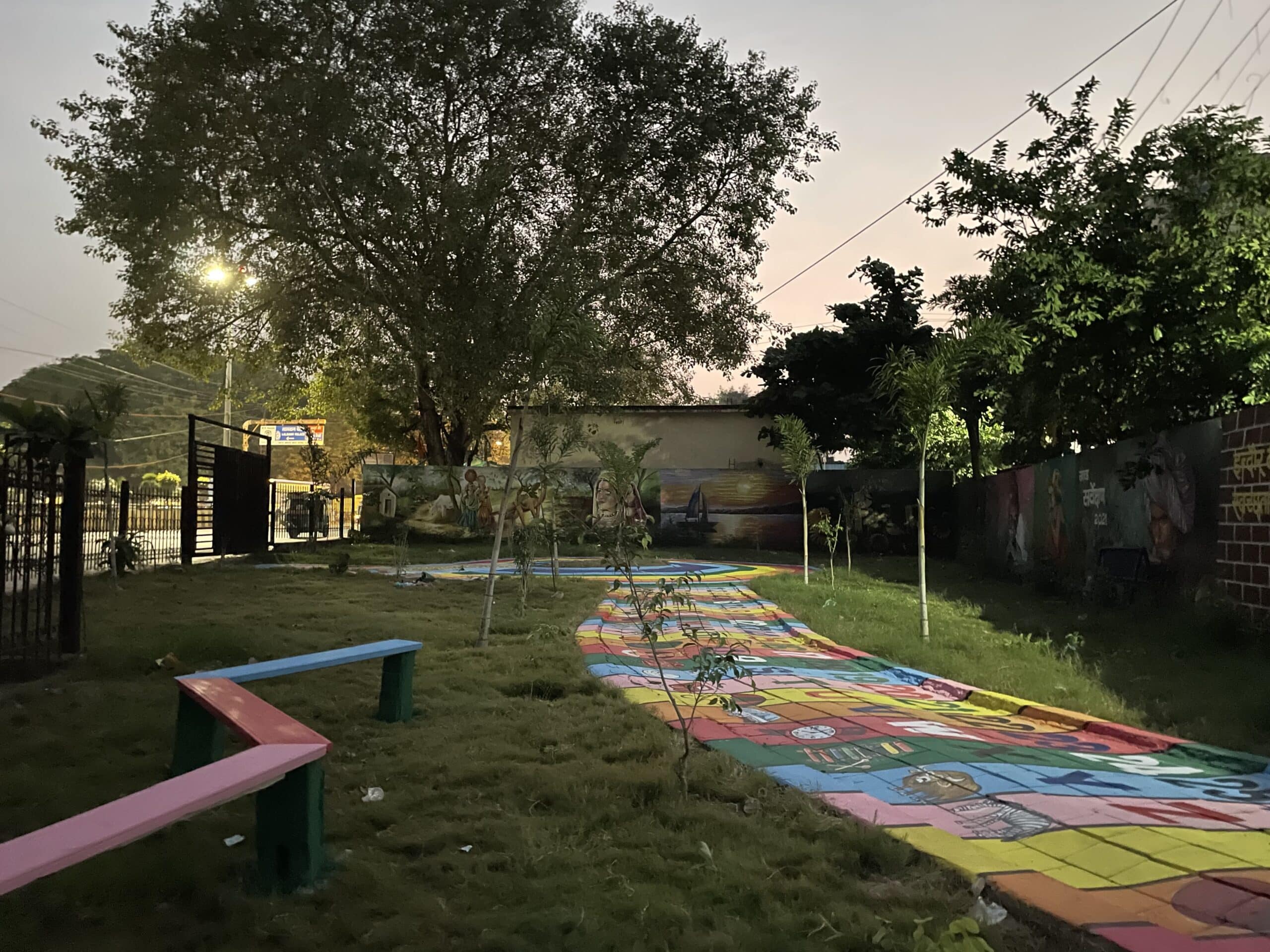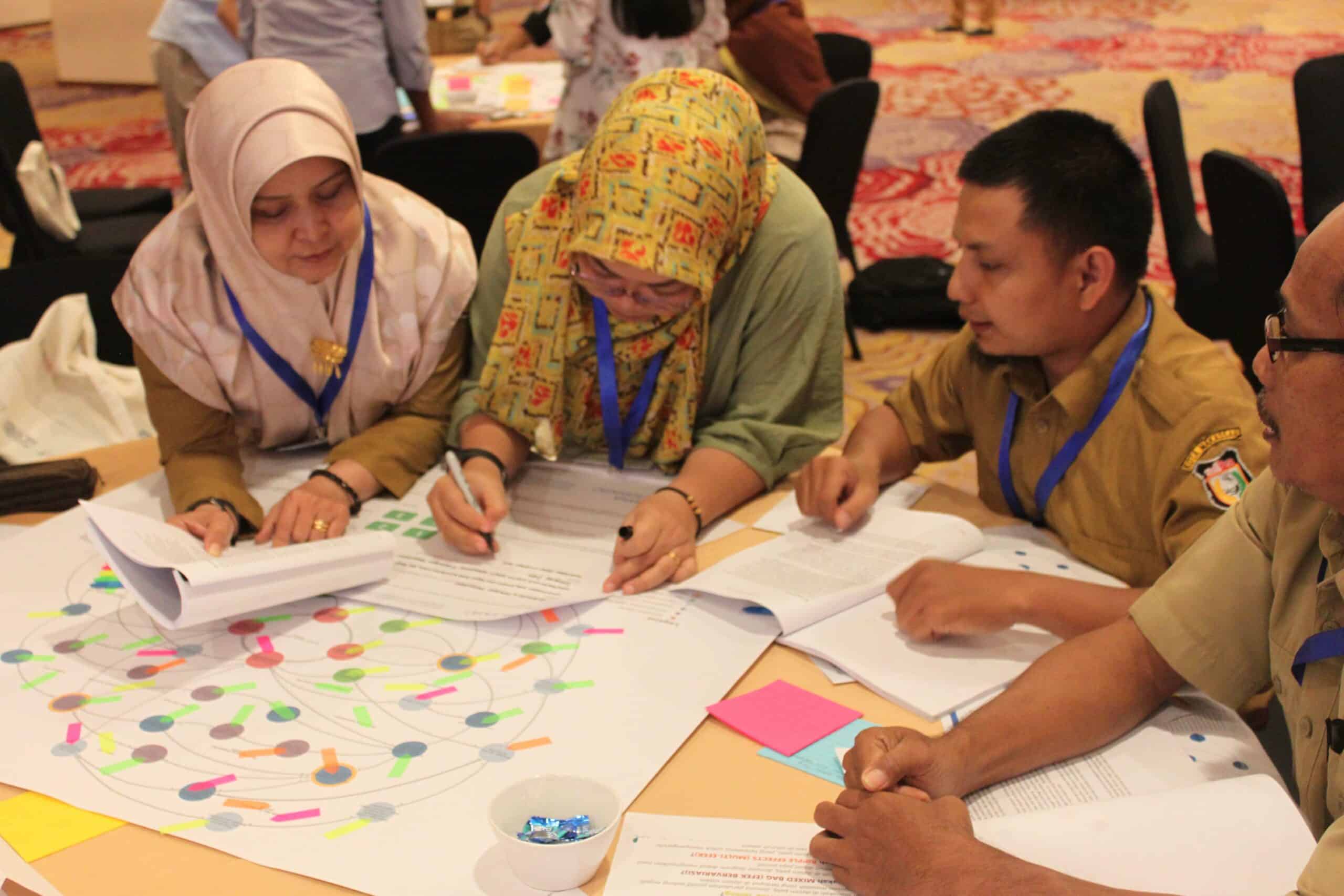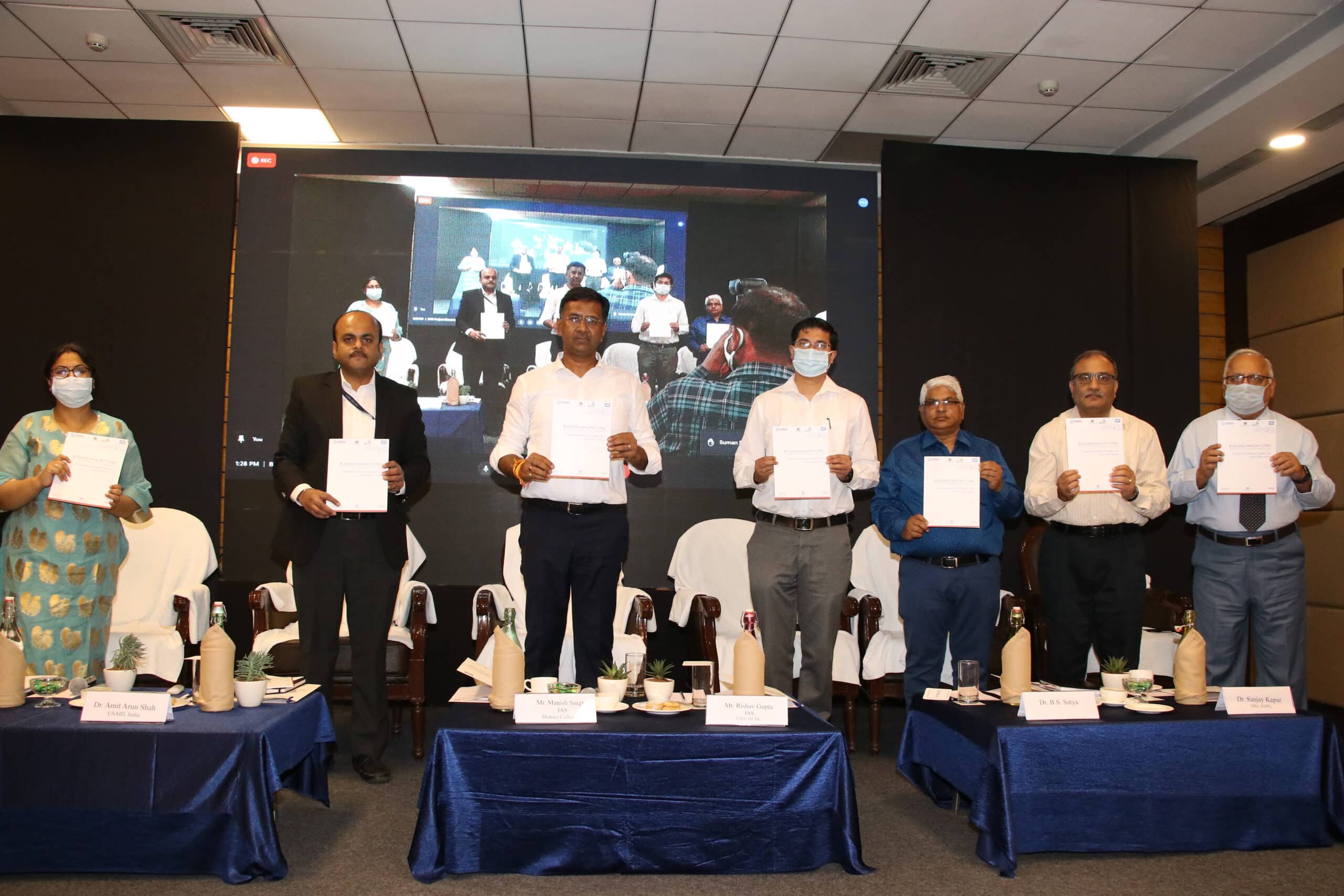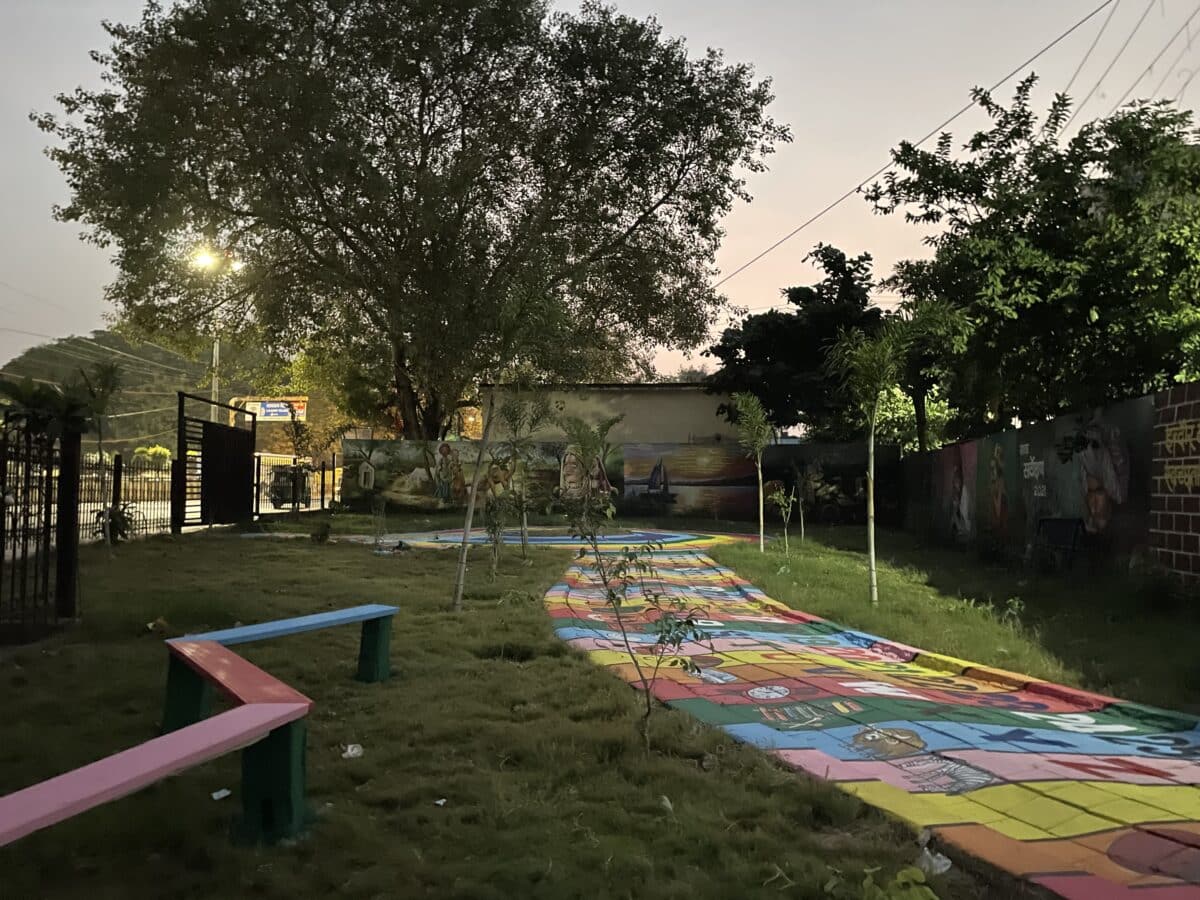Growing cities create exciting opportunities for development and economic expansion. But, as a city rapidly grows in population and size, its infrastructure and services must keep up to meet residents’ needs. Traditional urban planning approaches may exclude certain groups, leaving their priorities ignored. Furthermore, cities are facing increasing climate-related threats that require immediate and creative solutions, but these priorities often compete for finite resources across a range of sectors.
Systems thinking approaches are better suited to handle the complex nature of cities than most traditional linear or sector-specific approaches. The Building Healthy Cities (BHC) Project (2017-2022), implemented by JSI and funded by the U.S. Agency for International Development (USAID), used one version of a systems thinking approach (supported by Engaging Inquiry) to improve healthy urban planning. While BHC ended last year, USAID and JSI are expanding this systems thinking approach to focus on resilient urban planning through the newly awarded Asia Resilient Cities (ARC) Project. This blog discusses BHC’s unique approach, and how ARC will carry it forward.
Systems Thinking and BHC’s Approach
Systems thinking is a way to make sense of complex environments and solve problems. Karen Grattan, founder and CEO of Engaging Inquiry, says this approach is best suited to multi-sector, multi-stakeholder environments because “it brings together and manages diverse perspectives in a way that everybody sees each other, instead of putting the urban leaders as the centerpiece and the others at the edge.” Engaging Inquiry is now providing support to ARC to expand this methodology.
BHC applied this systems thinking approach in four secondary cities in Asia. The goal was to support city planners and administrators to work with residents and civil society organizations to create traceable, transparent, and collaborative initiatives to improve the city’s health and livability. As a first step, BHC developed a dynamic systems map for each city to identify key challenges and possible leverage points. The maps were developed with approval from city government departments across sectors, and used input from local government officials, community groups, civil society, the private sector, academia, residents, and others. The result of the systems maps was an action plan for each city, detailing a set of recommended actions. BHC piloted key pieces of some actions, and supported government, civil society organizations, and other projects to implement others.

In Indore, India BHC piloted the final action plan in two low-income neighborhoods. As part of this initiative, BHC supported identifying 200,000 square feet of unused spaces to develop child-friendly parks and green spaces, increasing opportunities for nature play and sensory stimulation. Photo Credit: USAID-funded Building Healthy Cities Project
While BHC guided the systems thinking approach, the people who knew the city best—residents, community leaders, government officials, and others—identified key challenges and determined possible solutions. Their involvement from the beginning allowed the city to “own” the results of BHC, continue some activities beyond the end of the project, and expand others.
“The involvement of local government and the uptake of some of the systems practices supported by BHC were clear signs of success. In addition, the general interest in urban planning across Asia just confirms that this is how we must focus going forward.” – Lucy Mize, USAID Agreement Officer’s Representative for BHC
Applying Learning from BHC to ARC
According to Damodar Bachani, ARC Deputy Project Director, who filled the same role on BHC, “Even though this way of thinking was new to the city governments, they began to understand how a locally led system’s map leads to localized solutions.” This response fueled JSI and USAID’s desire to expand the systems thinking approach to new contexts and city service areas.
Building on learning from BHC, the ARC team will use the systems thinking approach to work with selected secondary cities in Asia and their residents to create more resilient and livable environments. ARC will co-design approaches that support sustainable urban and economic growth and integrate climate change and environment considerations. Dr. Bachani said that “ARC understands the necessity of identifying and engaging representatives of vulnerable communities and community-based organizations at every step. During the BHC project, we saw first-hand how the knowledge and experiences of community members led to a deeper understanding of the problems the city faced, and when given the opportunity, community members can provide creative solutions to their city's greatest challenges."

Community and government stakeholders in Makassar, Indonesia revise BHC's systems map and identify opportunities for high-impact action towards achieving city health and development goals in April 2019. Photo Credit: USAID-funded Building Healthy Cities Project
When asked how others should approach systems change in cities, Micaela Arthur, the USAID Agreement Officer’s Representative for ARC, recommended that they “allow the city to lead the way. As key development partners we need to listen and empower rather than overlay our own objectives. Organize, facilitate, and find powerful ways to sustain local growth.”
With this in mind, a goal of ARC’s systems thinking approach is to support locally led solutions. The challenges that residents face may vary from neighborhood to neighborhood, which is why they and other city stakeholders must have a say in designing solutions. ARC’s systems thinking approach, with its collaborative, wide reaching, and connective nature, does just that.
BHC proved how transformative a systems thinking approach can be for a city and its residents. JSI is proud to continue this work through ARC, and looks forward to sharing our results and lessons.

Dignitaries launch their action plan in Indore, India, in March 2022, as a result of BHC's systems thinking approach. Photo Credit: USAID-funded Building Healthy Cities Project
Asia Resilient Cities (ARC) is a five-year cooperative agreement funded by the U.S. Agency for International Development (USAID) under Agreement No. 7200AA22CA00011, beginning September 23, 2022. ARC is implemented by JSI Research & Training Institute, Inc. (JSI) with partners BRAC, DevTech Systems, Inc., and ICF. This blog is made possible by the generous support of the American people through USAID. The contents are the responsibility of ARC and do not necessarily reflect the views of USAID or the U.S. Government.


